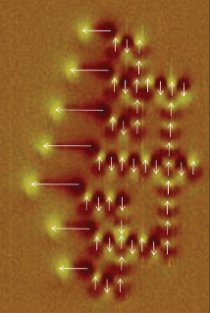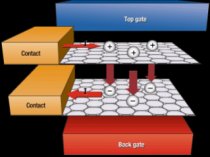
Executive Overview
The opportunities that nanotechnology presents to our industry are many, and a short article cannot come close to covering the breadth implied by this title! However, following a general introductory discussion, a few selected examples will help build an understanding of basic concepts behind some of the latest nanoelectronics research efforts. Most of the examples are taken from university research on potential "beyond-CMOS" device technologies funded by an industry-government partnership. References to more detailed publications on these projects are included to serve as a "pointer to the literature" on some of today’s most significant nanodevice research.
Robert Doering, Texas Instruments, Dallas, Texas, USA

This point is even better illustrated via an informal poll of materials scientists and chemists at a meeting a few years ago, which indicated substantial agreement that nylon would be called a "nanotechnology" material if it had been invented "last week" rather than in 1935! Of course, this is just one of many examples from chemical synthesis illustrating the difficulty in creating a simple definition of "nanotechnology."
The current common usage of "nanotechnology" also usually implies something revolutionary rather than evolutionary. With respect to semiconductor product manufacturing, this criterion generally encourages focus on examples that are typically a decade or more from potential implementation.










